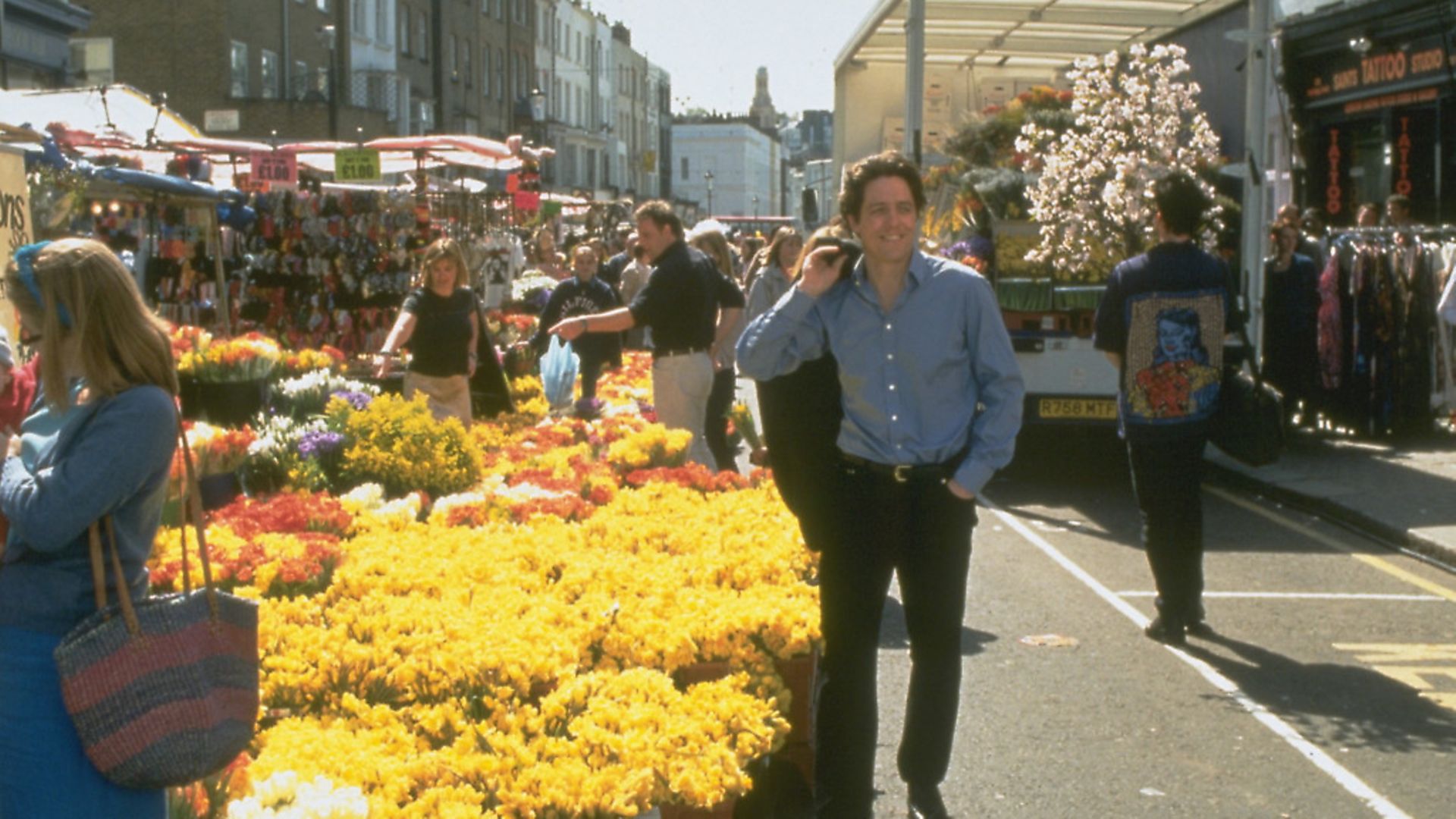
Communities must not become havens for the international super-rich who pay next to no tax
In the US, housing estates are known as housing projects. ‘Projects’ for short.
If you lived in the ‘projects’, you were considered to be one of the losers of the American Dream; the one who somehow (and it had to be your own fault, a notion based on the Puritan Ethic) just wasn’t good enough.
Because it’s America, the residents of the ‘projects’ tended to be clustered racially, so no ‘mixing’; no coming together to further that great illusion of social cohesion that the US often has of itself.
Our cousins lived in a ‘project’ on the West Side of Chicago, a huge one called Henry Horner after a former governor of Illinois. Our dad had used the wages he made making cans in a steel mill at night six days a week to move us all to the other side of town and into a little house. We had the lawn, the big garden, the fresh air and quiet that my cousins lacked, living in Henry Horner.
Being a kid and therefore ungrateful, I longed to live in the projects, of course. Be close to the danger.
And Henry Horner was a dangerous place in and of itself. What I remember is that everything was concrete, concrete, concrete. The walls of my relatives’ tiny flat were concrete and ice cold in brutal Chicago winter. I’d scratched my arm once on my cousin’s bedroom wall while playing with our dolls, and what I remember was how nonchalant about it she was. Happened to her all of the time.
They lived on the top floor, and since I was in love with Robin Hood and dreamt of swinging through trees and jumping down on the elite to steal their ill-gotten gains – goods to pass out to the poor – I imagined myself fashioning some kind of rope and swinging from building to building in Henry Horner.
The playground below seemed to me the same distance as the top floor of the World Trade Centre in New York did to me decades later. I could not know how terrified my aunt and uncle were whenever my cousins went down to the playground to play. It was so far away. You could see something happening and not be able to get down there. The lifts were unreliable and, more than that, downright dangerous.
We girls were told never to take them, under any circumstances. There was no security there when I was a little girl, and we were told that things happened to females inside of lifts. No details were given, but we knew. We knew about the molestations, the rapes, all of the fear that was a way of life in these buildings.
If the police bothered to come, they came in with guns out and ready to rumble. They didn’t send ‘Officer Friendly’ to Henry Horner. Vermin, drugs, gang violence, all of this and more were part of my cousins’ life. Martin Luther King had come one day and marched for open housing, later declaring Chicago the most segregated place he had ever seen in his life.
But there was a great solidarity there, too. People dressed up on Sundays and the concrete playground was full of brightly coloured clothes and music. There was great talent in Henry Horner, and a determination on the part of the adults to make it as good as they could for the kids. Yet even if you tried, you couldn’t keep yourself and your kids clean enough, fed enough, safe enough. You had no control. The poor never do.
Decades later I married an Englishman who had a small place in what’s called the Royal Borough Of Kensington And Chelsea.
Where he lived meant nothing to me, I was marrying him, not an address. Besides, his little place was on a small street that seemed to be like something out of a Joseph Losey film starring Dirk Bogarde… a bit shabby, a little nostalgic and 100% English.
Down Ladbroke Grove and in Westbourne Grove were the Rastas and the markets and the antique shops and more English eccentrics and artists and just plain humanity. I liked to walk on the tree-lined streets where sometimes you could see Harold Pinter ambling about, lost in his own world, or Lucian Freud and his little dog, out for a morning stroll. They lived alongside the little old lady who survived the Blitz and the playwright trying to get a break and the Asian newsagent and the Polish butcher. We fought the foxes who came out of the park to pick through our rubbish at nights, so tame and smart that they never bothered to run.
Peacocks would land on the roof, from time to time, so tame, too, that they let us take photos.
This is not to paint an idyll, but just to say that there were all kinds of people living side-by-side in my part of Kensington and Chelsea then. Some of them may have been very wealthy, but we weren’t and it didn’t seem to matter. The folks who went to the Notting Hill Carnival chose our little street as a secret place to park their cars, but that was ok. Our street wasn’t part of the contingent that wanted the Carnival to move to Hyde Park, or those people who went away to avoid ‘the noise’.
To me, it was England and London and good. My dad who had been a young GI and over here for D-Day loved it.
Returning in 1994 for the 50th aniversary of D-Day he said, in happy wonder, of the local pub and the people in it: ‘They didn’t even look at me when I came in.’
Then one day, a young Japanese woman stopped me in the street and asked me: ‘Where is the blue door?’ ‘What blue door?’ I asked. ‘The one Hugh Grant lives behind.’
She was talking about film Notting Hill and I guess, for me and my husband, that was when the rot started to set in.
The old people died and their kids rented or sold up. Suddenly the houses seemed to have nothing but absent potentates in them who only came into London at the beginning of autumn so that their kids could see the park and experience fog and cold. Rich American bankers who lived in the houses for brief periods, or should I say slept there. They worked in the City from dawn to almost midnight every day.
I came to realise how things had changed when one of the new neighbours called the police one night. I don’t know what happened, but all I know was that within five minutes our street was full of police. And after them came the private security guards.
Paid for by the residents. We left because we couldn’t take the underground digging in order to build private cinemas and swimming pools. We took our, relatively speaking, pennies and moved to Soho. In order to see real people.
These weren’t EU citizens who bought the houses around us. They were what’s known as ‘rent seekers’, the international super-rich who live a maximum three weeks in one place so as to avoid paying tax. They are the reasons that the average house in Kensington and Chelsea is said to cost £1.5m, making this borough the richest in the country.
The catastrophe at Grenfell Tower horrified me and haunts me still just like everyone else. Not only because I know what it’s like to live that high up in public housing in a building where the authorities don’t give a damn. I also know that K&C didn’t give one, either. Not really. It prides itself on being Thatcherite – saving the tax payer money. But I wonder how much tax they actually collect from the rent-seekers driving the housing prices up?
Our free London paper the Evening Standard, the paper I call ‘the Rent Seekers Gazette’, has recently reported that some of the homeless and traumatised of Grenfell Tower will be housed in a luxury complex in Kensington High Street. The City of London, it seems, bought it and donated it. That’s nice… and kinda funny, too.
The rent seekers in that neighbourhood of parking garages full of Maseratis and Jags will be horrified. And that, to me, is a great thing.
The bottom line is this: more social housing must be built; communities must not be allowed to become havens for the international super-rich who actually pay next to no tax. They change a community to fit their needs and wants. Estate agents recreate an area, making it more palatable to a certain demographic. And it ain’t the one that was there before.
For me, part of being Remain is not just a political stance. It’s also a way of being and thinking and living. It’s about diversity: ethnic, financial, ability, generational. It’s about living in a world where a border is merely the line we step over to greet one another and to work and to live together.
We’re witnessing the last thrashing about of a dinosaur called ‘Exclusion’. Brexit is its offspring: a little sprog hatched from an ancient, rotting egg. It’s over.
That Russian business guy in the complex in High Street Ken is about to meet, in his gilded lift, a Muslim family taking their kids to school. And an old lady who remembers her childhood during the Blitz.










